As more employers push for an end to working from home, a major issue is emerging – their offices aren’t ready
More and more workplaces are pushing for an end to working from home arrangements – and it’s now become an election issue. There’s just one problem.
At Work
Don't miss out on the headlines from At Work. Followed categories will be added to My News.
It’s the thorny election issue no-one saw coming – the growing push to scale back working from home allowances.
Opposition leader Peter Dutton declared he would force public servants back to the office full-time should the Coalition win the election, saying it was time to end hybrid working.
In response, Prime Minister Anthony Albanese vowed to protect flexible working arrangements and criticised Mr Dutton for being “out of touch”, particularly surrounding the needs of working mothers.
But the reality is that more and more employers are eager to get staff back into offices, five years on from a pandemic-induced seismic shift in how white-collar Australians do their jobs.
There’s just one problem.
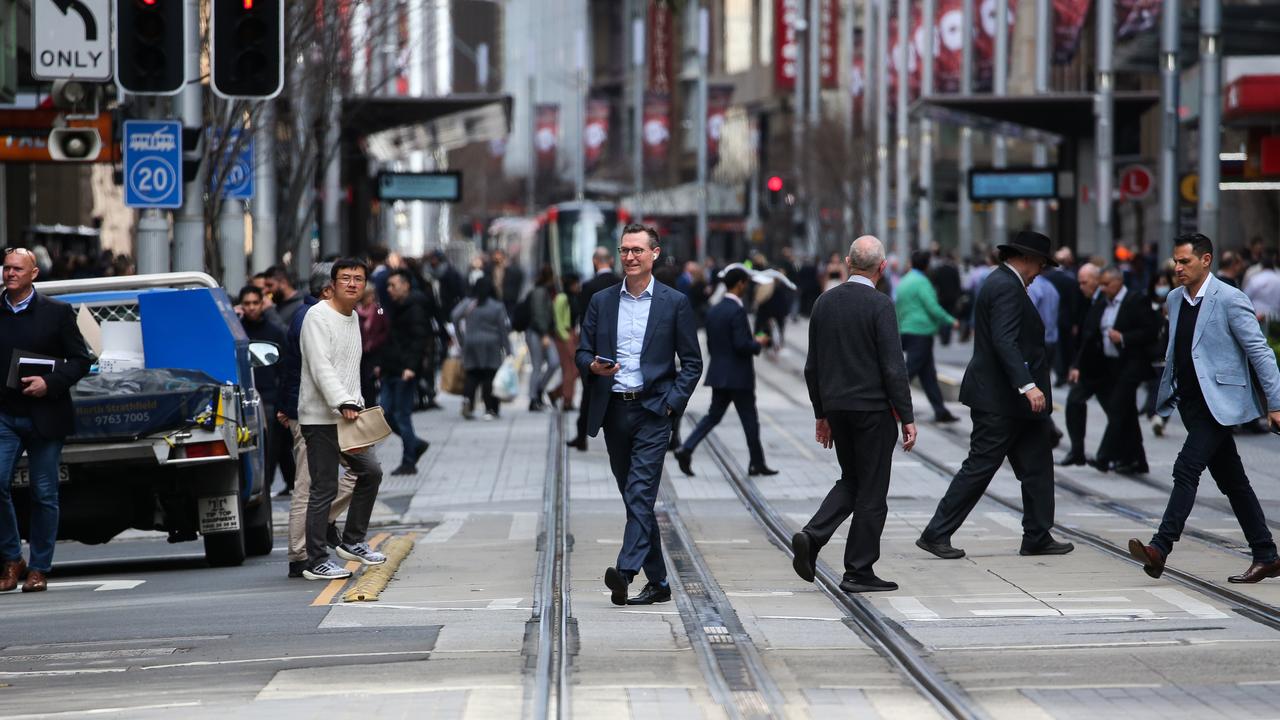
Across social media and in forums dedicated to chatter about corporate life, and based on anecdotal reports received by news.com.au, it seems some offices aren’t ready.
A perfect storm of factors in the years since Covid has seen many workers urged to return to the office engage in a regular battle with their peers.
To cut costs, a number of businesses slashed their office space commitments or delayed or cancelled expansion plans. At the same time, many went through hiring sprees without factoring in the need for more room because hybrid working saw demand even out.
Now, both mandates and strong encouragement to get back together are revealing issues.
Popular Instagram account @theaussiecorporate recently shared multiple accounts from those in jam-packed office spaces.
For example, a worker from Macquarie Bank’s Sydney office said a recent mandate of three days in the office revealed there isn’t enough room.
“I know many people who book desks at 12.01am two weeks in advance when bookings open because they struggle to find a seat,” the worker claimed.
“[I] have seen many directors and execs flying into Sydney and having to sit in the cafeteria because [there are] not enough desks.”
Macquarie did not respond to a request for comment.
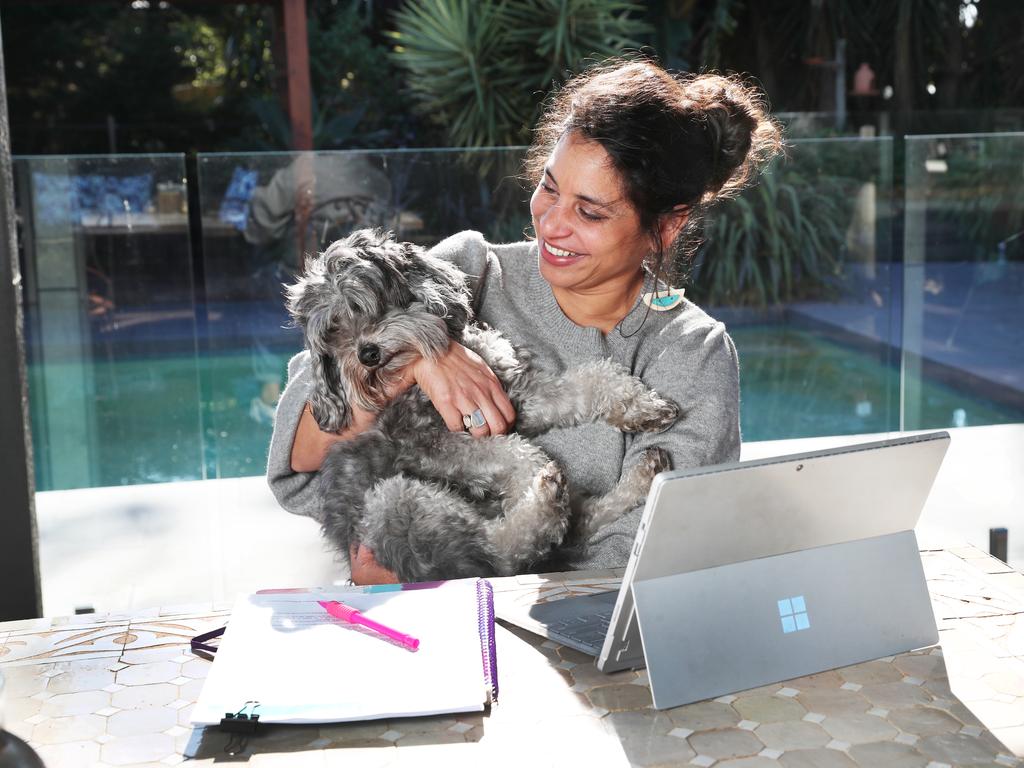
Westpac’s Kent Street office is facing similar issues in making room for its staff, with peak days – Tuesday in particular – proving difficult.
A Westpac spokesperson said hybrid work arrangements remain in place, with staff in the office two or three days a week “depending on their role and division”.
“We have seen an increase in people choosing to work from the office, with some days and floors busier than others,” the spokesperson conceded.
“We are working with teams to spread the office attendance across the working week.”

It’s an issue that seems to be occurring across the finance sector.
Wendy Streets, national president of the Financial Services Union, said there are “many major finance employers” that don’t have “sufficient office space for all employees to be in the office at the same time”.
“Our members highly value their flexible work arrangements and have organised their lives around it,” Ms Streets said.
“Many full-time workers now spend more time in the office than at home, but we know that workers are still seeking out employers who offer flexible work locations.”
Real estate services firm Jones Lang LaSalle doesn’t allow staff to pre-book hot desks, one worker claimed, leading to a “mad scramble” most days.
JLL did not respond to a request for comment.
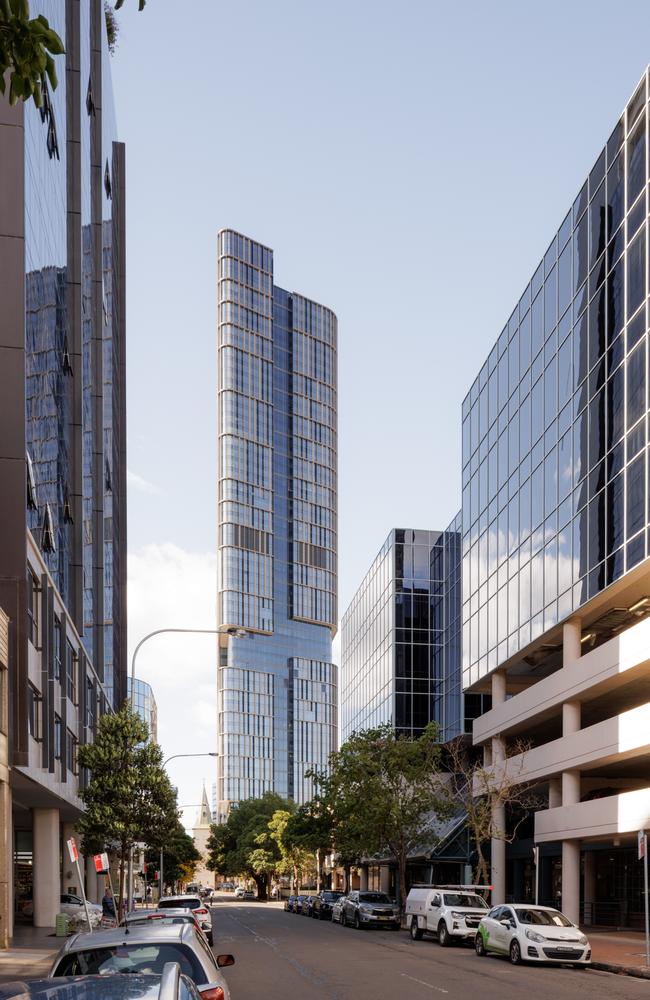
At one unnamed mid-tier Sydney law firm, there are so few desks that staff have taken to working in the kitchen on particularly busy days.
A worker at Dell Technologies claimed there was no transition from hybrid work to a global full-time return to office mandate.
In its Sydney office, there are more than double the number of staff than available desks, the worker claimed.
Dell did not respond to a request for comment.
Another said Deloitte’s offices at Quay Quarter Tower in Sydney is overrun on peak in-office days, making it tricky to find somewhere to work.
Deloitte doesn’t have a firm mandate but strongly encourages in-office working, with a spokesperson saying physical connection “is essential for building relationships with clients and teams”.
“Our office usage data shows we have adequate daily capacity of workstations available across our floors,” the spokesperson insisted.
“We regularly measure overall office usage to understand space usage. We have introduced anchor days and community zones, which are designed to build a greater sense of team connection and collaboration.”
But another worker told news.com.au there are days when the office “is like a zoo”, adding: “I don’t know what office data they’re looking at.”
Office spaces have shrunk
Before the pandemic, corporate workplaces allowed for an in-person attendance rate of about 85 per cent, accounting for annual leave, illness and staff vacancies, Sue Williamson, an associate professor of human resource management at UNSW, explained.
“Since the pandemic, it’s now dropped down to around about 75 per cent,” Dr Williamson said. “Organisations are equipping their offices for a capacity of about three-quarters.”
The debate surrounding mandated in-person work arrangements misses the point that “there simply isn’t enough room” in many cases.
According to data from CBRE, white-collar employment has grown by 15.5 per cent since the onset of Covid.
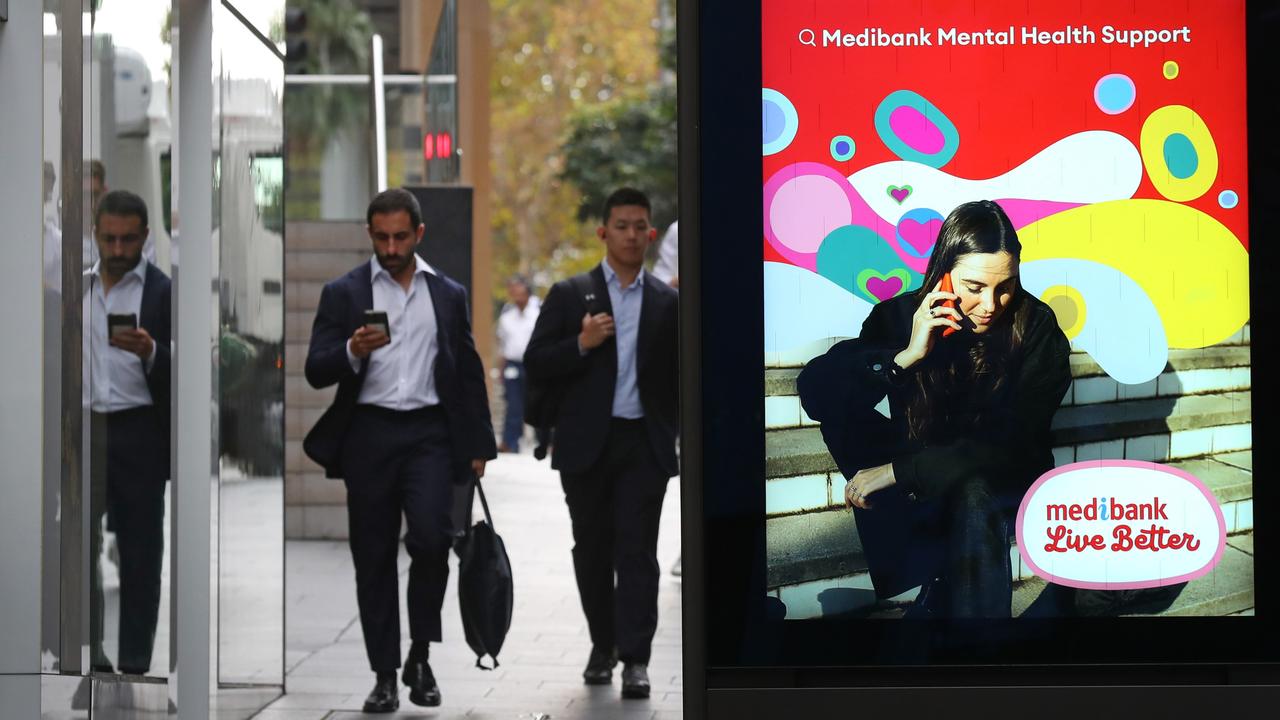
Dr Williamson has researched physical office spaces across the public service in the wake of Canberra and noted many instances where footprints were downsized.
“This was a trend that started before Covid but the pandemic really accelerated,” she said, added similar moves were evident in the private sector.
“Across industries with people who work in offices, [businesses] are looking at how they can save money. Office space is a big one.”
In New South Wales, the government is pushing for bureaucrats to primarily work in an office environment – stopping just short of a full-time mandate.
But the move has sparked anger in some departments, with Transport for NSW workers raising concerns about the suitability of their offices.
The Public Service Association said it holds “grave concerns that [Transport for NSW] does not have appropriate accommodation, facilities and equipment for staff to perform their jobs safely”.
Dr Williamson said it’s just one of many instances where “these mandates haven’t been fully thought through”.
And she pointed out companies who jump the gun face some serious risks.
“There are workplace health and safety concerns if people don’t have their own space – their own chair and their own desk that have been set up for their particular body.”
Huge number of bosses ready to act
New research by recruitment consultancy Robert Half shows 39 per cent of employers plan to mandate a full five-day return to the office this year.
It also found 84 per cent of workplaces are emboldened by similar mandates in other businesses.
“We’re observing a fascinating domino effect in the return-to-office landscape this year, pressuring businesses to conform,” Nicole Gorton, director at Robert Half, said.
“Employers are back in the driver’s seat and dictate office attendance, knowing others are doing the same. As workers adjust back to the pre-pandemic way of working and observe similar mandates elsewhere, they are less reluctant to oppose these mandates.”
Ms Gorton believes attitudes among workers are slowly shifting, with an acceptance that more time in the office is necessary.
“The noticeable increase in the number of employers mandating a return to the office as well as increase in the number of days that staff are required to attend is likely influenced by an improvement in staff attitudes.
“As employers adapt their work arrangements to meet the evolving needs of their business and their workforce, they are doing so while emphasising in-person collaboration for employee morale, productivity and client service.”
People are going into their offices more, CBRE data shows.
Across Australia, office attendance averaged 75 per cent of pre-Covid levels in the final quarter of 2024 – up from 70 per cent at the start of the year.
Across the week, office attendance in Sydney was at 76 per cent in the three months to December, but on Tuesdays – a peak day – it’s averaging 87 per cent, CBRE found.
Average weekly attendance rates climbed to 61 per cent in Melbourne, 88 per cent in Brisbane, 90 per cent in Perth, 83 per cent in Adelaide, 65 per cent in Canberra.
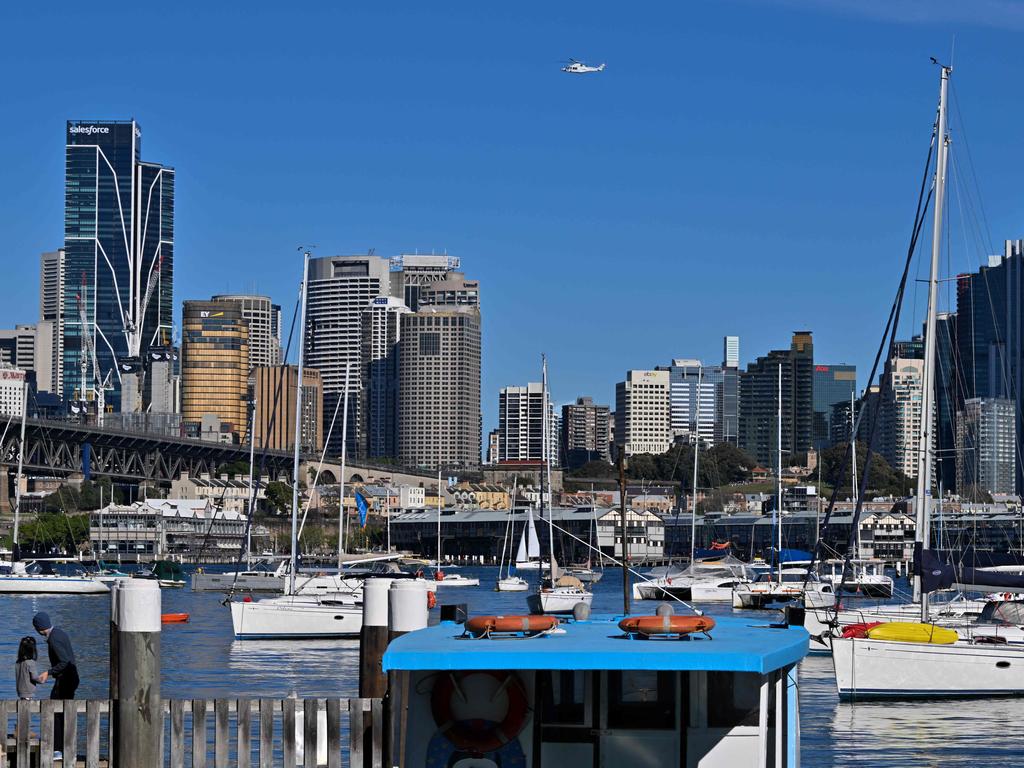
Dr Williamson described the growing push to drastically scale back working from home allowances as “concerning”.
“The research shows that hybrid working has lots and lots of benefits,” Dr Williamson said.
“Employees are just as productive, if not more productive. They’re engaged, they’re autonomous, their wellbeing is better, and they have better work-life balance.
“Directing employees back to the office is really a knee-jerk reaction to managers that have concerns about their ability to handle hybrid teams. They just don’t have skills.
“Rather than forcing employees back to the office managers need to be upskilled to manage hybrid remote teams.”
Should the Coalition win the election and federal public servants are banned from working from home, Ms Streets warned it would send a “dangerous message”.
“It will set a dangerous precedent for other employers – including finance sector employers, many of whom are already trying to force workers back to the office full time,” she said.
“It demonstrates Mr Dutton and the [Coalition’s] complete lack of understanding of how WFH and flexible work arrangements benefit our society.
“Both employees and employers benefit from flexible work arrangements like WFH policies. Studies show that productivity increases when employees can work a hybrid arrangement.”
Originally published as As more employers push for an end to working from home, a major issue is emerging – their offices aren’t ready









